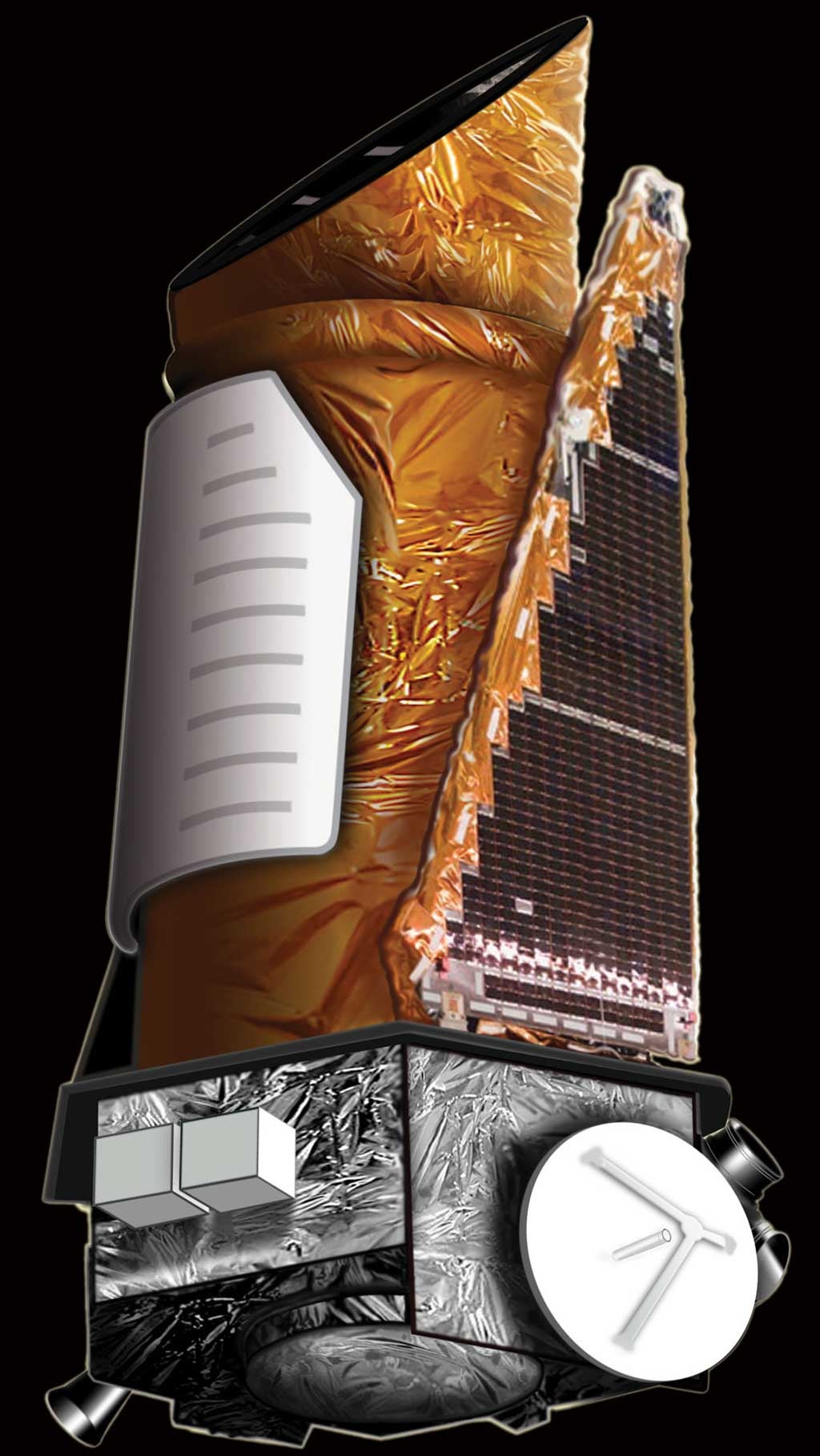Two factors tend to increase the numbers: (1) Planets closer to their stars than Earth is to the Sun are easier to detect. (2) Many planets live in multiworld systems, so several transiting planets could orbit one star.
Two factors will decrease the number: (1) Not all stars are the same. Most are more active (“noisier”) than the Sun, and this makes it more difficult to detect the transits. Small planets can become lost in the stellar noise, even to Kepler. And the fainter the star, the harder it is to see any transits. (2) Kepler has been collecting data since May 2009. We want to observe at least three or four transits before we have confidence that any event is real, which requires four or more years for planets in large orbits.
As of now, Kepler has detected 2,321 planet candidates, which are objects that show transitlike features. Most of these are likely exoworlds, but at this time we don’t have enough information to state with confidence that they are all planets.
San Diego State University










